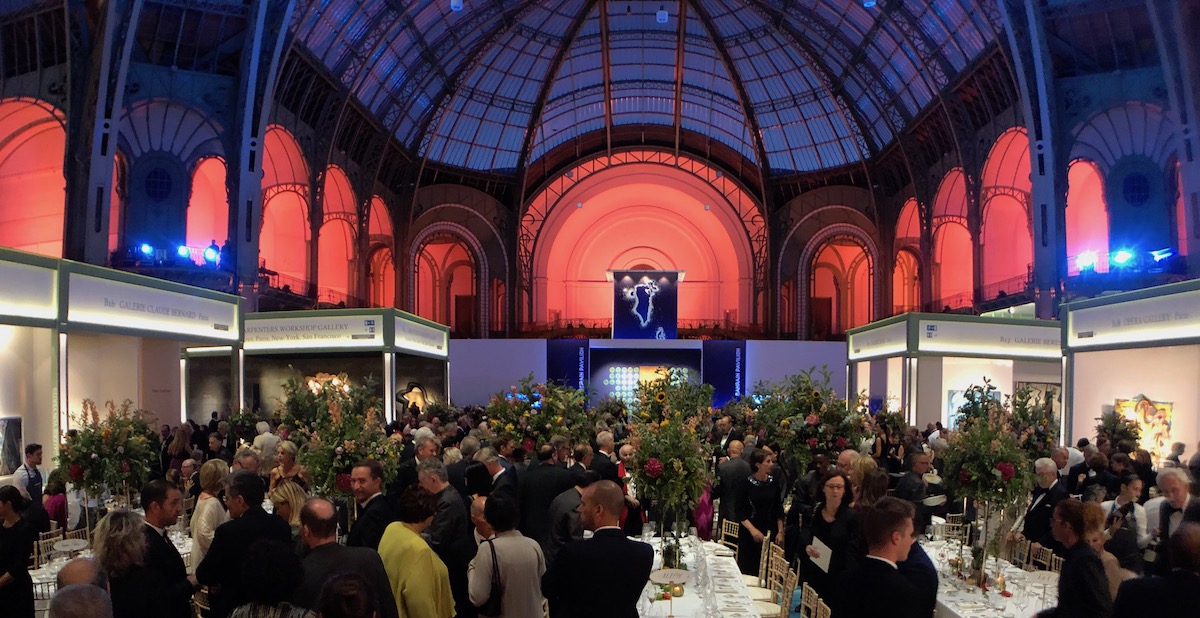One of France’s wealthiest families accuses another of withholding info on Monet painting stolen by Nazi’s
The painting originally belonged to the Heilbronn family before it was taken in 1941 during a Gestapo raid on a family’s bank vault. And now the Heilbronn family allege that the Wildenstein family, an international dynasty of French art dealers, is concealing information about the stolen work.
The Wildensteins deny any knowledge of the painting’s whereabouts. But this runs contrary to the fact that the late Daniel Wildenstein included it in two of his inventories of Monet’s work, and listed it as being in a private collection – an anonymous owner in the first reference and an unidentified American owner in the second.
And the Wildensteins hardly have the cleanest track record when it comes to openness about their art property. Last year more than 30 ‘missing’ artworks turned up in a vault at the Wildenstein Institute – a not-for-profit research organization run by the Wildensteins. The Wildenstein contest that the institute never intentionally hid missing works, but simply lacked a full inventory of what was in their vault.
Nevertheless, there have been other complaints filed relating to Nazi-looted works ending up in the Wildenstein vault rather than being returned to their rightful owners. And the Heilbronn’s have been pursuing the return of the Monet painting on this premise: ‘It’s not a question of the price of the painting,’ said their spokesperson. ‘It’s a question of a victory against the Germans’.
During the Gestapo raid in 1941, the Heilbronn family – members of the French Resistance – lost 10 paintings. Four of the family’s works have been recovered, including a Renoir painting of pastel roses that the family spotted when it came up for sale at Christie’s in 2004. Two Pissarro landscapes were also recovered from the Berlin home of Hermann Goering, Hitler’s second in command.
Follow ArtLyst on Twitter for breaking art news and latest exhibition reviews

